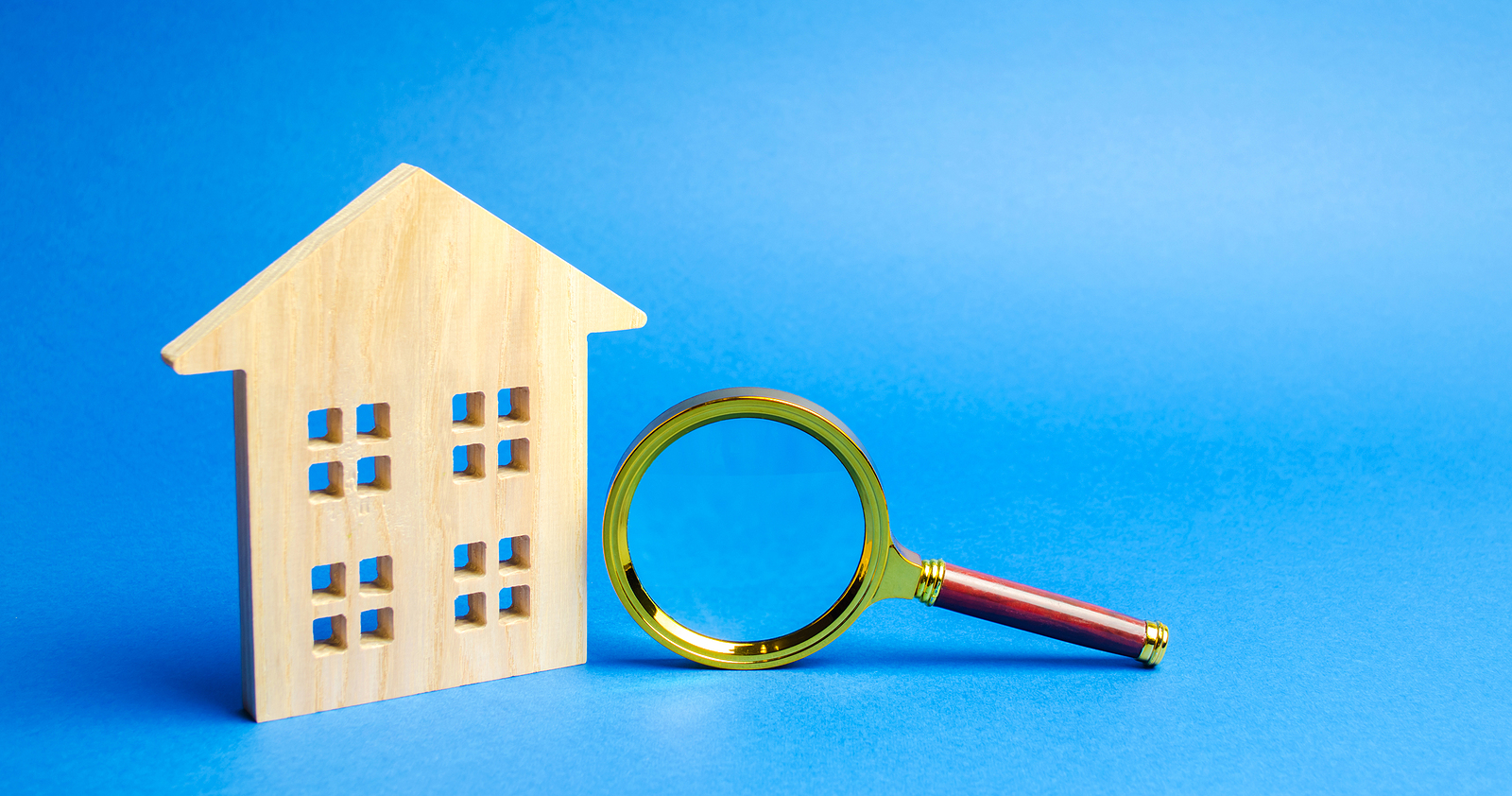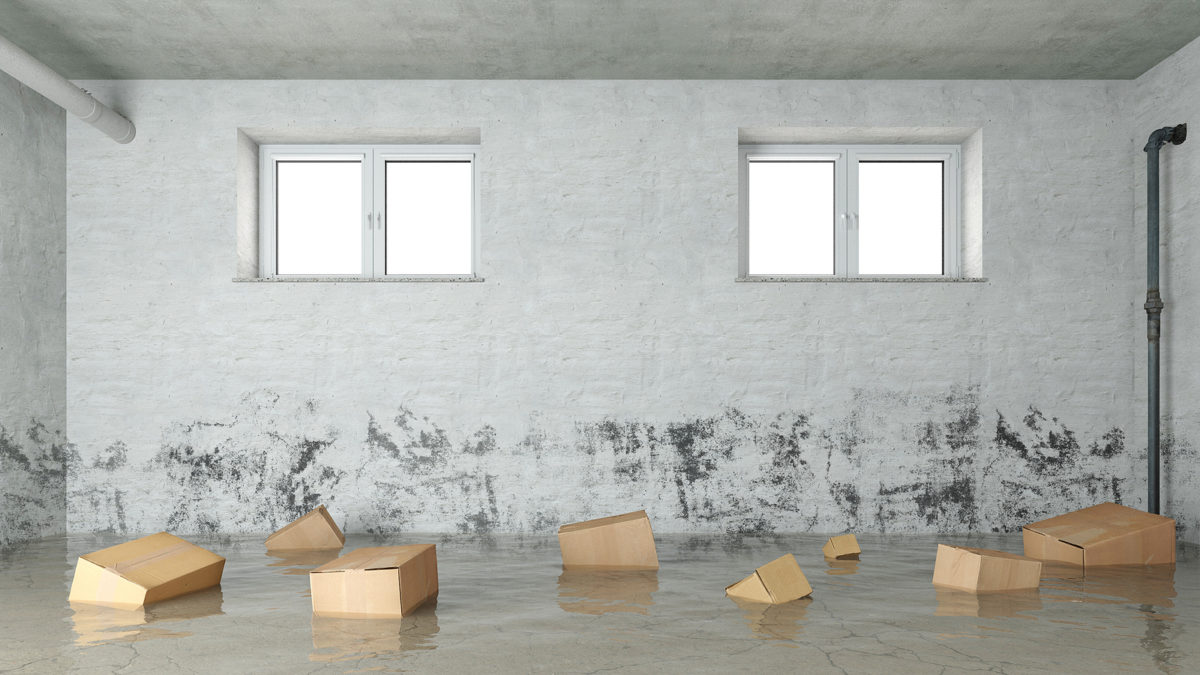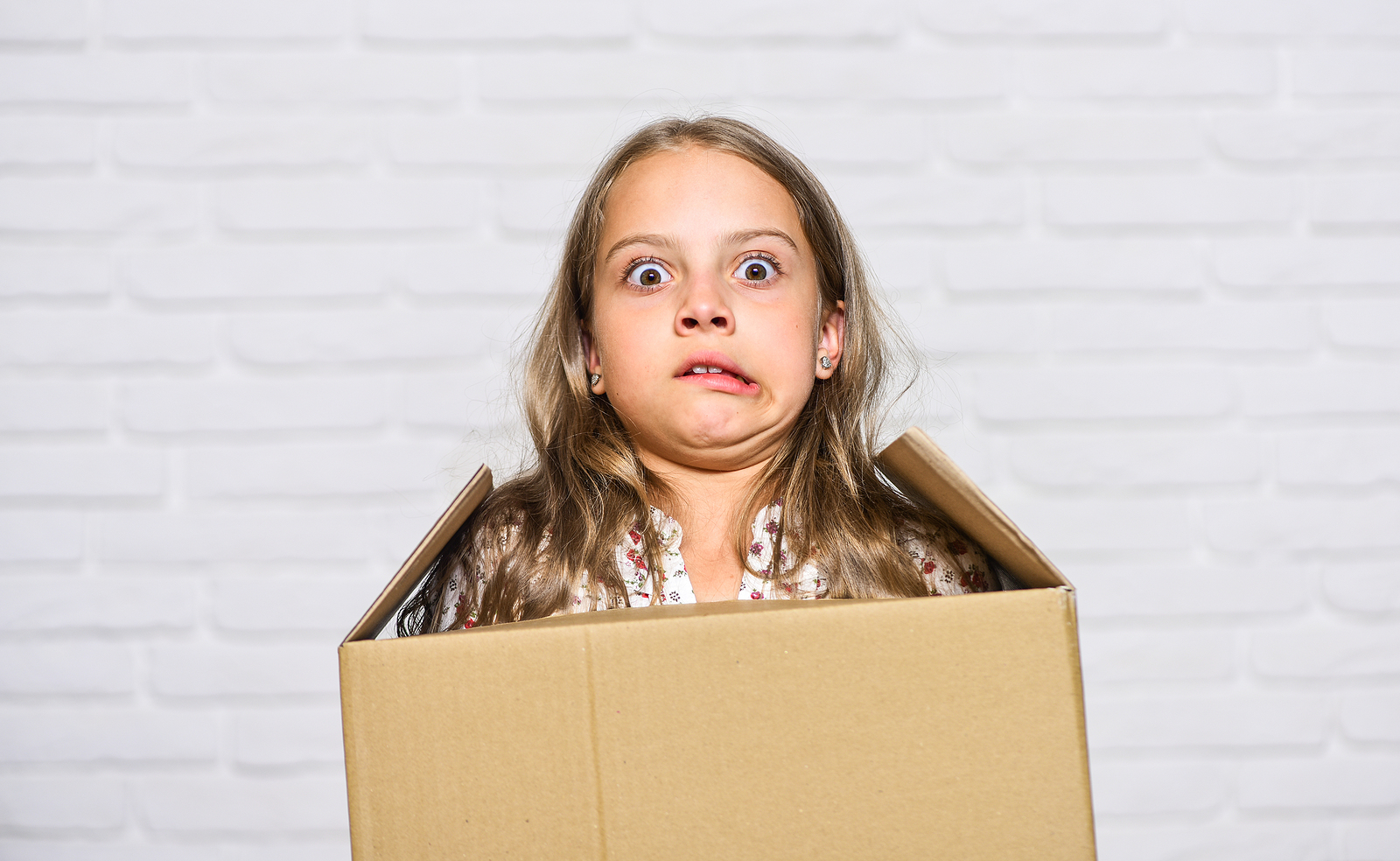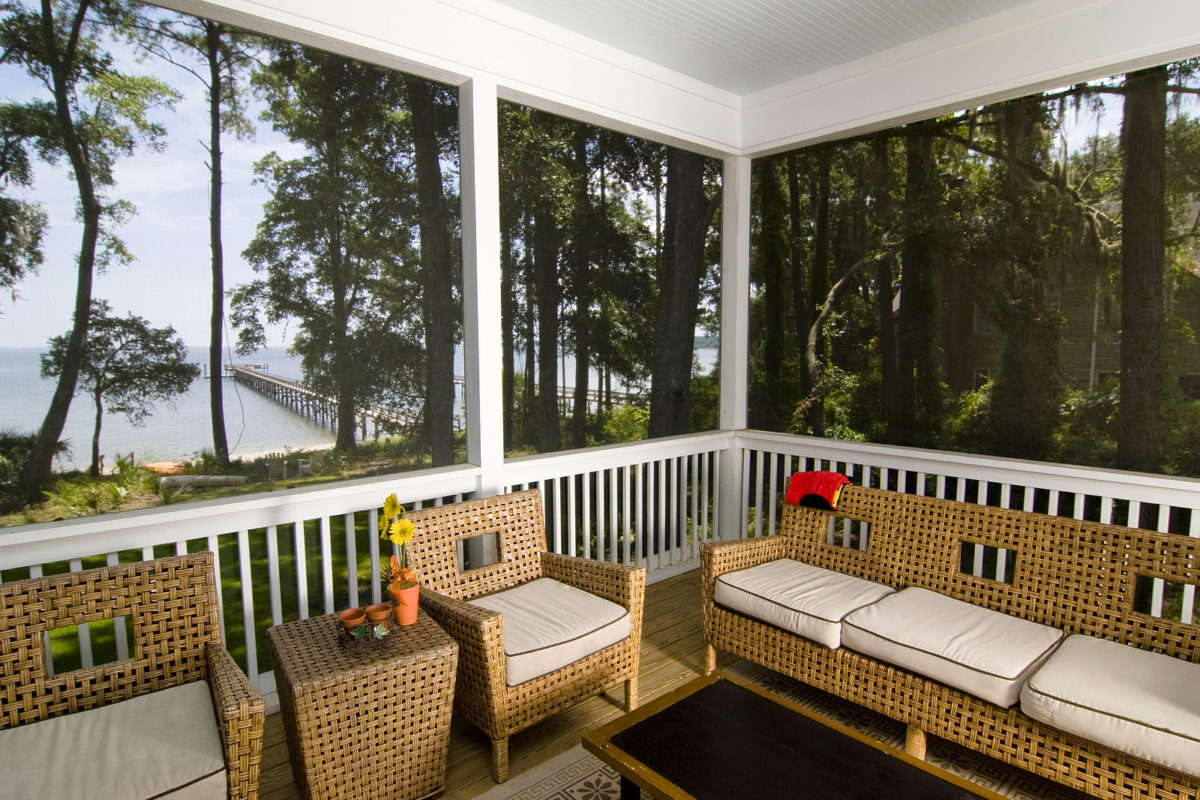The dream of homeownership dies hard. Regardless of credit history and/or a lack of financial resources aside from a good job with a steady paycheck, many who share this dream persist against what seems like overwhelming, hopeless odds.
They’re the fortunate, those who chose the right real estate agent and the right lender to advise and guide them through the process.
Buying a home isn’t the futile pursuit the media makes it out to be. There are plenty of mortgage programs out there for low-income, cash-poor and credit-challenged Americans. Those provided by the United States Department of Agriculture (USDA) are among the best on the market.
There’s a lot to know about the USDA Rural Development home loan programs. So let’s dive into the answers to some of the most commonly asked questions we field.
Is there a minimum credit score to be eligible for a USDA loan?
Homebuyers don’t need perfect credit to buy a home. Those with higher credit scores, however, obtain the best mortgage rates. Since the interest on the loan is part of your monthly house payment, a higher score will help you have a lower mortgage payment.
That said, many lenders won’t approve buyers with a credit score lower than 640. If you have extenuating circumstances (and who doesn’t in the age of COVID-19?), and can document them, you may still qualify for the USDA direct loan, with a credit score as low as 620.
Still don’t fit the bill? Raising your credit score quickly isn’t as challenging as some say. We’re happy to explore your options with you.
How do I check if the home I want to buy is eligible for a USDA Loan?
The USDA insists that homes must be in “rural areas.” The agency further defines the term by stating that the area must have fewer than 20,000 residents.
Many larger cities across the country are within easily commutable distances to such communities, so don’t let the word “rural” scare you off.
We’re happy to check to see if the home you want to purchase is in an eligible area.
How much will I need for the down payment and the closing costs?
The USDA loan has no down payment requirement. Closing costs depend on the lender, your location and the size of the loan. With the Direct Loan, closing costs can be quite reasonable.
What is the maximum amount I can borrow with a USDA loan?
That depends on your income – most specifically, your debt-to-income ratio (DTI). The USDA looks for a minimum ratio of 41 percent for borrowers whose credit score is lower than 660.
Your DTI is easy to calculate. Learn how at WellsFargo.com.
Do I have to be a first-time homebuyer to use a USDA loan?
Nope. The programs are open to repeat buyers as well.
Can I use the home I purchase with a USDA loan as a rental?
No, the loan requires that the borrower live in the home as her or his primary residence.
Does the USDA loan require private mortgage insurance?
No, there is no PMI requirement for the USDA loan. There is, however, a 0.4 percent annual fee in lieu of PMI.
Does the USDA guarantee 100 percent of the loan amount?
No. The USDA guarantees 90 percent and you will be required to pay the difference should you default on the loan.
Does the USDA allow me to use gift money to pay for closing costs? How about seller-paid closing costs?
Yes, to both questions. You will need a gift letter to accompany your loan application. The lender will supply you with this.
Can the self-employed qualify for the USDA home loan program?
Yes, they can. They will need to provide two years of tax returns to verify their income from self-employment.
Still have questions? Answers are FREE, so don’t hesitate to contact us!



















